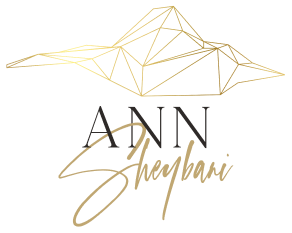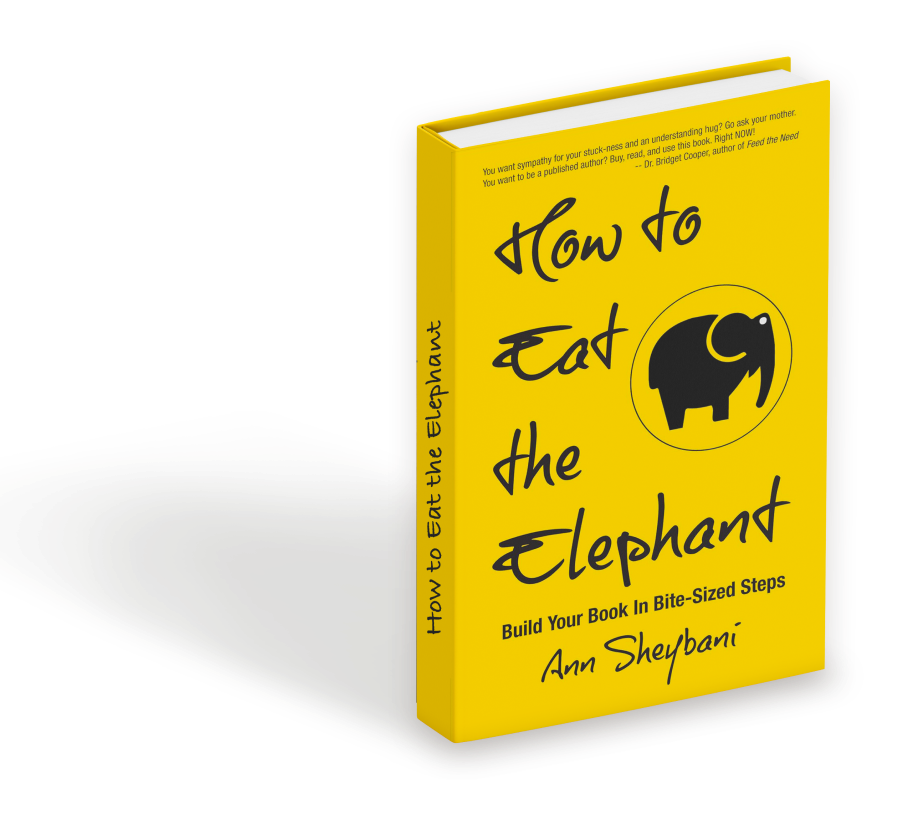Hey, successful entrepreneur writing a non-fiction book for your business. Here’s another way to turn your readers into clients and/or fans:
Have a solid structure with a clear transformation path
As opposed to taking your reader on a wild goose chase over hill and dale, having no container for your stories, no outline, just a mish-mash of random musings.
My former client Ann – another gorgeous, talented Ann- was, among many things, a keynote speaker and host of a podcast. She wanted to share her personal story with other women so they would know that they were not alone, that it was time to tell their secrets to release themselves from shame. And Ann had lots of dirty secrets of her own. Her hope was that if she were willing to reveal hers, others would feel free to do the same. She wanted to serve as a worthy role model for self-acceptance and guilt-free living. She wanted to build her business around that mission.
Maybe you can relate.
But Ann had no idea how to make her very personal experiences relevant to a larger audience. There were dozens of painful moments in her life, but which ones were the most valuable to others? Which ones could be strung together to solve a very particular problem, one her target audience faced as well? What was the common thread? Because, left to her own devices, she’d share everything, right down to where she was born and what she’d had for dinner the night before. (By the way, I had a peach salad. It was delicious. See how irrelevant that bit of information is?)
OK, maybe I’m exaggerating, but just a little.
Where on earth should she start? Better yet, where should she stop? What was the beginning of the transformational journey she was taking her readers on, what was the end? What were the specific dance steps in between?
Do this, and you demonstrate to your target audience that you’ve taken the same step-by-step journey to transformation that they wish to make, or helped so many people along the path that you may as well have.
Ann realized she needed structure. She needed to outline her transformation journey. She needed a beginning point—a moment in time that woke her up and got her moving towards a better life—and she needed an end point—a moment in time that represented a sense of healing and a deeper appreciation for who she had become. Then she needed to identify the major turning points in between those two way-points, and the very particular lessons she’d learned from these events. Not too many of them, maybe eight or so.
Suddenly, her personal experiences weren’t just random stories, memory snapshots, they were steps in a problem-solving system. A system that others could follow to a desirable end as well.
Here’s what this did for Ann:
- Ann’s book was so powerful, it won numerous book awards
- Her book catalyzed a new writing career
- She created a band of die-hard fans that follow her, regardless of what she writes about
I don’t know about you, but I think that sounds pretty good.
You need structure in the form of a blueprint, aka an outline. A well-structured book will inspire your target audience to take step-by-step action, including hiring you for further assistance. Random musings will only make them want to throw rocks at you.

